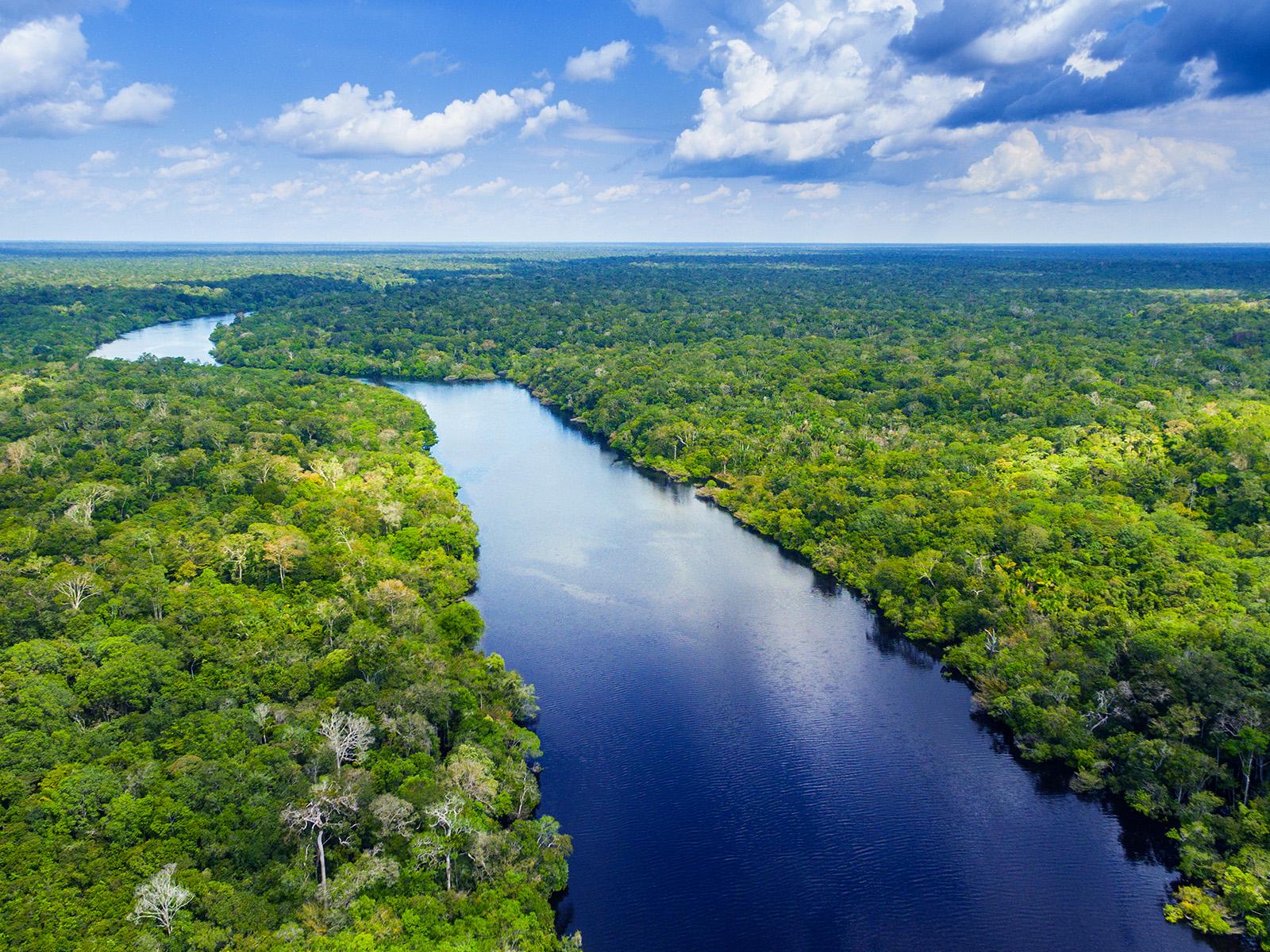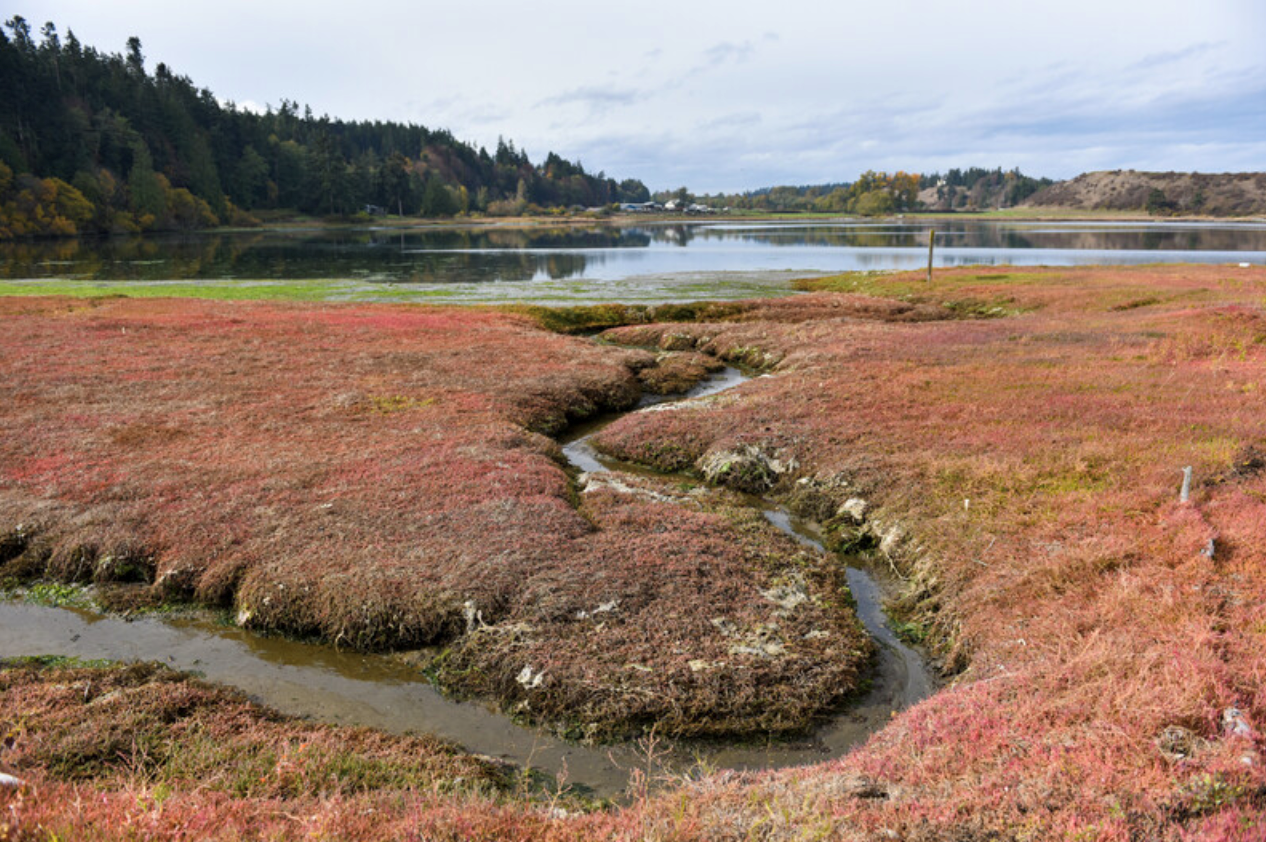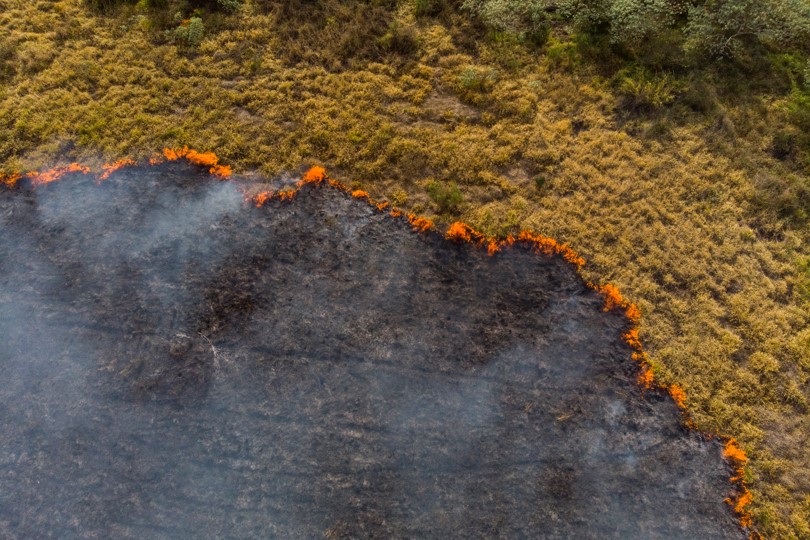Atmospheric, Climate,
and Earth Sciences Division
Atmospheric, Climate,
and Earth Sciences Division
 |
AerosolsField measurements, modeling, and laboratory experiments form the basis of a detailed and developing understanding of small particles suspended in the atmosphere. Combining these approaches facilitates new insights into the complex processes that govern the aerosol lifecycle and their influence on clouds and climate. Learn more |
 |
Clouds and PrecipitationClouds and precipitation affect the transfer of energy and water across the globe. Understanding and representing how environmental conditions alter cloud system formation and evolution, which in turn influence atmospheric radiation and precipitation processes, remain a challenge in climate science. Combining expertise in atmospheric measurements and multiscale modeling enhances PNNL leadership in this area. Learn more |
 |
CoastalThe complex interactions between physical, human, and environmental systems shape how coastlines and coastal processes change over time. PNNL combines measurements and modeling across scales to improve our understanding of coastal systems. Learn more |
 |
Impacts, Responses, and AdaptationA changing climate and environment produce new scientific and technological challenges. Researchers at PNNL are exploring a wide range of topics related to the affects of climate on human and Earth systems. Learn more |
 |
Land-Atmosphere InteractionsMeasurements and coupled models can help explain the processes that link the land surface and the atmosphere. Researchers at PNNL seek to learn how these interactions affect the broader Earth system and develop the next generation of models that more accurately represent them. Learn more |